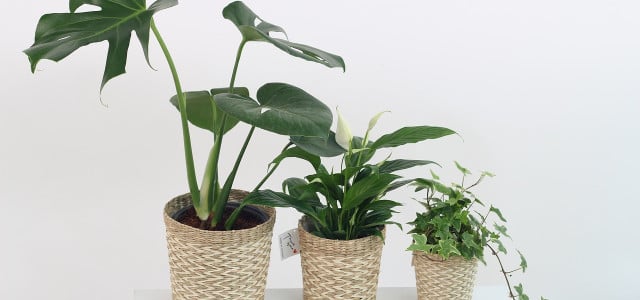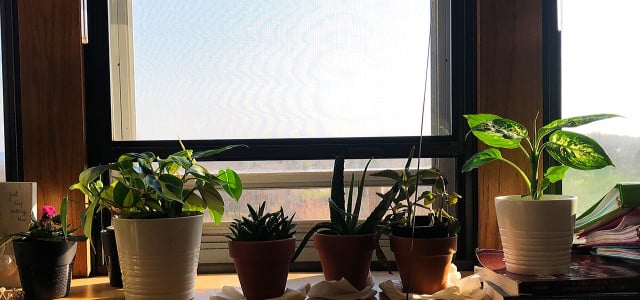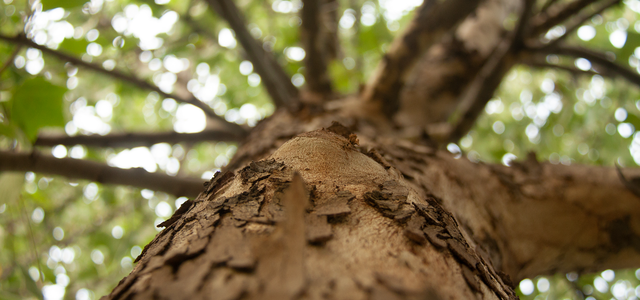Root rot is a nightmare for plant lovers. Treat root rot fast and save your plants with this easy-to-follow guide for identifying root rot symptoms and fixing the problem.
Root rot is the final stage in the deteriorating health of an overwatered houseplant. Overwatering a plant starves its roots of oxygen, which leads to fungal growth. This causes the roots to decay, while the rest of the plant also starts to die. But, treat root rot as soon as you notice it and you have a good chance to save your favorite plants.
Overwatering houseplants is a common mistake. On the one hand, plants can end up overwatered over time if you regularly give them too much — even if you water them at appropriate intervals. On the other hand, giving plants very little water too often also leads to root rot.
Your plants will call for help by showing signs of overwatering and root rot symptoms before it gets too bad.
Symptoms of Unhappy Plants
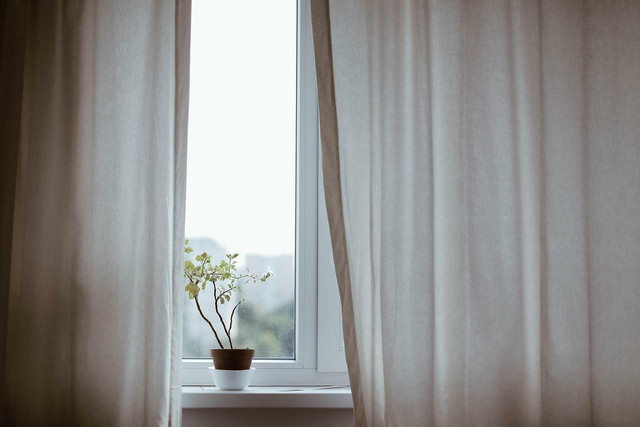


You can start to treat root rot symptoms as soon as you notice any of the following issues:
- Yellow and brown leaves: pale yellow leaves, as well as leaves with dark brown patches, indicate your plant has been overwatered and may be experiencing root rot.
- Dropping leaves: while all plants experience normal foliage loss, significant leaf drops can indicate a bigger problem.
- Stunted growth: if the plant is growing more slowly than usual and producing smaller leaves, or if it appears not to be growing, consider inspecting it for root rot.
- Wilting or curling leaves: though all plants experience occasional wilting or curling leaves at some point throughout their lives, if it happens quickly, it may be due to overwatering or a symptom of root rot.
- Mushy leaves or stem: A plant with spots that are wet and mushy to the touch is highly likely to have root rot. It means the plant is holding too much water and trying to drain it.
- Foul odor: like any decaying material, root rot smells bad.
- Loose and wet soil: if the soil is loose and does not dry out over time, your plant has been overwatered and is in danger of root rot.
- Wet, mushy, smelly and dark roots: you can’t be 100% sure whether or not a plant has root rot until you remove it from the soil and carefully inspect its roots. Healthy roots should be strong and light in color. It isn’t a good sign if your plant’s roots are black or gray. If they are wet, stinky or slimy, you have a problem and need to look into treating root rot.
How To Treat Root Rot
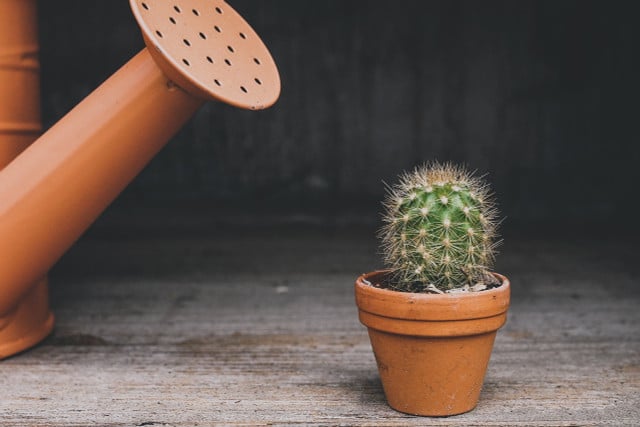


It is sometimes possible to treat root rot and save your plant. Depending on how advanced the issue is, houseplants can usually make a comeback. Follow these steps to treat root rot:
- Remove the plant from its pot and carefully brush away excess soil from the roots.
- Determine if any healthy roots remain. If the plant’s roots have completely rotted, it will not survive. Instead, you can cut off a few surviving stems and use them to propagate your plant. If it looks like your root has some healthy roots remaining, there is more work to be done.
- Using sharp, sanitized scissors, cut away any brown, mushy or slimy roots. The roots you leave attached should be strong and light in color.
- You’ll need to prune the plant as well. Cut away any yellow, brown or heavily wilting leaves. This crucial step lets your plant concentrate its energy on growing strong new leaves and roots.
- Repot the plant. Do not use the same soil as before. Any soil that was in the same pot as root rot should be thrown out immediately. If you want to use the same pot, clean it thoroughly with soap and warm water before using it again. Pot your plant using fresh, dry, well-draining soil. If your plant prefers dryer soil, consider mixing your planting mix with some perlite to boost drainage. Make sure to use a pot with proper drainage holes — don’t skip this incredibly important point, as it can help you avoid dealing with root rot again.
- Do not water the plant for at least a week. Leave it alone to recover from the trimmings and repotting.
- Avoid root rot in the future by taking care not to overwater your plant. Pay attention to what type of plant you have; some require more or less water and light than others and quickly react poorly to the wrong conditions. Generally, plants do not require watering until the top inch or two of their soil is dried out, and if you have more than one plant, you may need to water them at different times. One tried-and-true way to tell if it’s time to water? Stick a finger in the soil. Is the soil you feel dry or damp? If it’s damp, there’s no need to water.
Read more:
- 9 Best Indoor Plants for Dark Rooms
- Best Indoor Hanging Plants to Decorate Your Home
- Keep Your Houseplants Alive: 10 Tips for Healthy Indoor Plants
Do you like this post?






